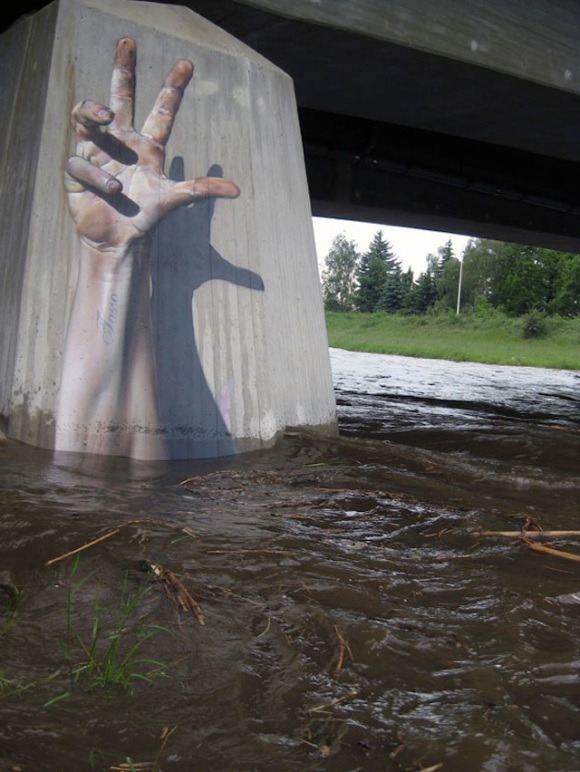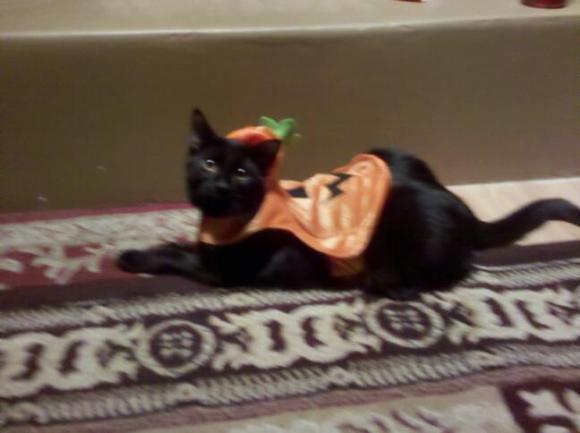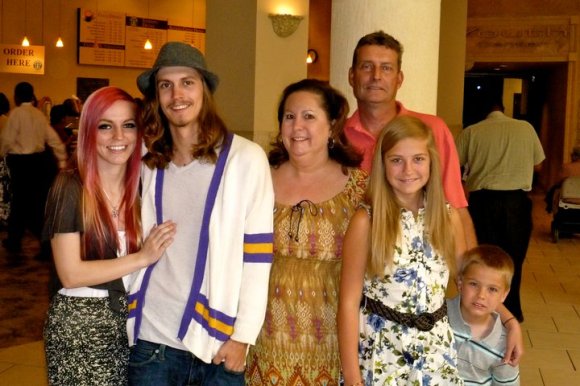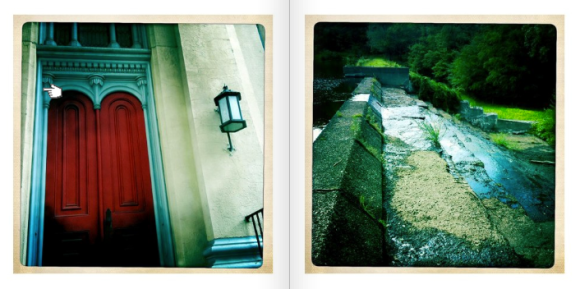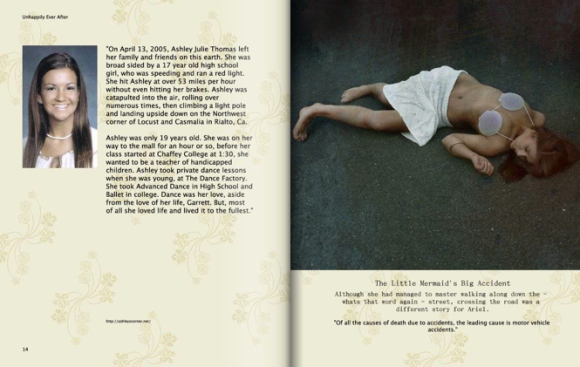1. I really enjoyed Charmaine Genge’s appropriation book for the word “high school.” First of all, she hand made it into a small flip book with an interesting cover of a baseball player. As I flipped through the book, I had no idea that the word was high school until I asked her what her word was. I really like that part of it. I also like how she didn’t use typical pictures in her book; rather pictures of things teenagers may like such as cars, concerts, etc. She also had pictures of buildings and students in class (all nice quality). This was my favorite for the appropriated images assignment.
I also enjoyed the book titled Intersection (I can’t remember the author). They used different everyday objects which I’m guessing were things such as bicycles, paper clips, fences, etc. (all seemed to be metal materials and everything was intertwining). There was a lot of interesting macro shots and I liked how they sequenced every photo by textures.
Another book I liked was titled What about Hats (I believe) by Wesley Wiggins. I found the concept to be interesting and unique-basically hats taking on human characteristics without humans actually wearing them such as sleeping, riding bikes, etc. He used all different colored hats and I really enjoyed the book and found it to be entertaining.
I liked the book Morphologic (can’t remember author’s name) because they included an intro paragraph that described the definition of morphologic, which is basically different concepts all being similar in different ways. They sequenced their book very nicely by textures, reflections, and colors. All the photos were nice quality and the book was handmade, which ended up very nicely as well instead of printed.
2. I used Blurb book for my book making process. All in all, it is pretty straightforward editing software and easy to create. I didn’t like having to pay for it but that’s the price you have to pay for well made printed books. I really liked being able to hold my own work in my hands though.
3. If I plan to use Blurb in the future, it’ll probably be for a bigger, fancier book that I plan to create maybe of all my favorite photography projects or something to show to a future employer.
4. I feel like Flak Photo is a great way to communicate ideas on photography and present photography as well. I also found it cool that Andy mentions the use of photographer’s fans in their projects (I know how much I’d love to be apart of some of my favorite photographers works). The internet offers a cheap way to communicate photography versus expensive prints and books. That’s what I love about the internet! What I’d like to ask Andy is what he thinks of pictures getting into the hands of people who wish to copy and use someone else’s work? Has this ever happened to him before? Is a person’s blog or printed work more valuable?
5. I learned many things after Andy Adams spoke in class about his Flak Photo website. Andy describes his site as “internet combined with contemporary artwork. Photo publications and online publishing social media are presented on Flak Photo.” Images on screen are different from print version in many ways. They are more accessible and less expensive to create. There is potential in social media and dissemination of photos on the internet. The central premise of Flak Photo is SHARING IDEAS. Web 2.0 is one of Andy’s projects and is generated by user content. It is social web information sharing and involves interaction and collaboration. One student asked Andy “do you think people might overlook websites more than printed material?” Andy answered back with the explanation of Flak Photo as a global photo community. The spread of photography through this website dissolves geographical boundaries and limitations. It connects artists and enables discovery of new work, creating collaborative global photo communities. It is also AFFORDABLE, unlike some printed work. New partnerships may form, which enables a whole range of possibilities for relationships and allow amateur photographers to let their work be known-maybe even birth a career. Flak Photo is comprised of digital imaging, video and multimedia, photoblogs and books, do it yourself’s and zine culture, art exhibitions, and broadcast media. The video and multimedia side of this appeals to my career as I do want to get involved in animation and could post my work through this website. Blogs are the best way to distribute to a mass audience. Andy mentioned the word “crowdsourcing,” which means collective power of mass contribution and cognitive creativity. Flak Photo is a big contributor to crowdsourcing. Andy also talked about public art and his project 100 Portraits, which was featured on an 80 foot wide building. In conclusion, I feel that Flak Photo is a great way to get your artwork out in the world and maybe even form a career and relationships from it. It is all about who you know nowadays, and by making yourself known through popular sites like this you present yourself with endless possibilities and extended forms of social networking. I also found it interesting that Andy goes through so many pictures a day and chooses which ones, I wonder how he decides. I know he was asked this question but I still feel like he didn’t give a clear enough answer on how his decision process works.
6. As for my final assignment, I am pretty conflicted on what idea to choose. I feel like the ideas I have are far fetched and kind of hard to achieve. I did want to center it around family and create a fictional family that looks “happy” on the outside but has real problems on the inside. I feel like this is possible, but I don’t really know where to start.
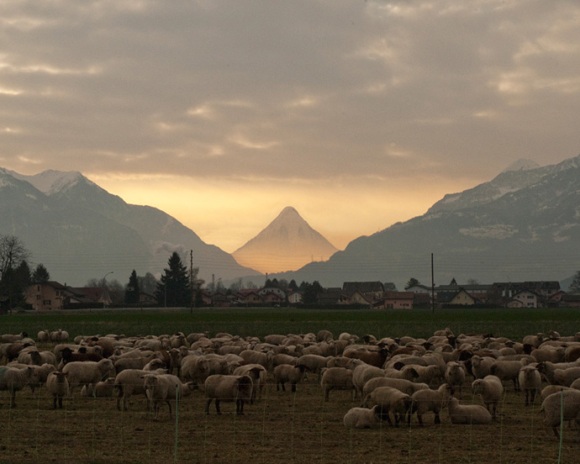
Fuji, Illarsaz , Valais, Switzerland, 2010 — from the series Omoide Poroporo

Hungarian State Opera House, Budapest, Hungary, 2008 — from the series Opera

